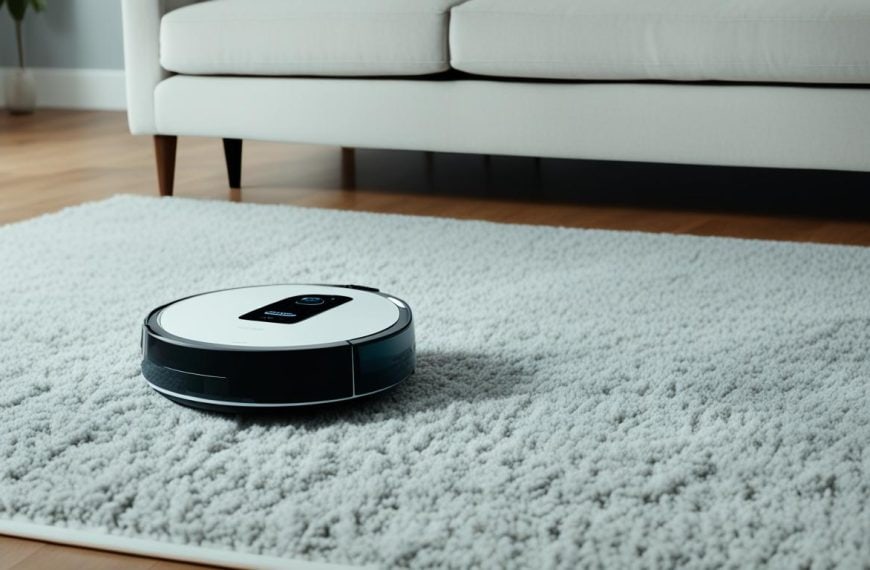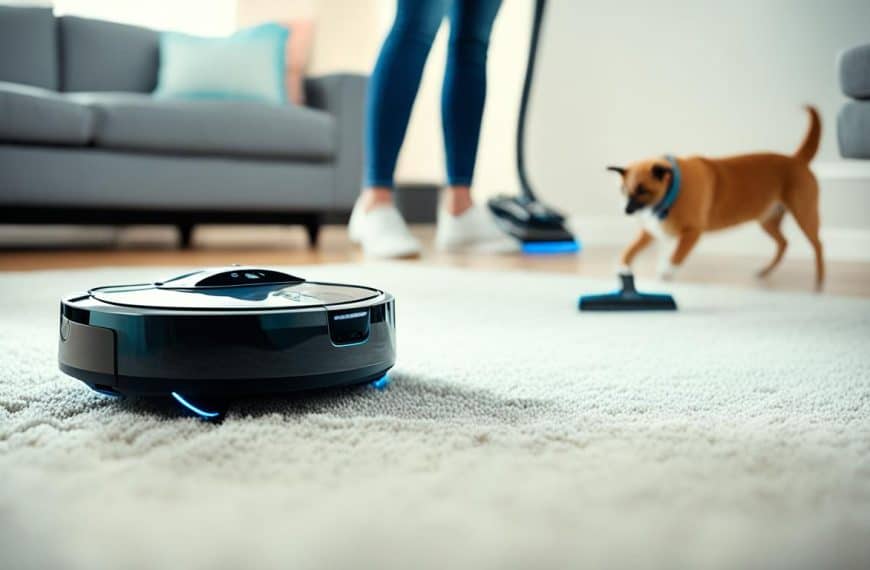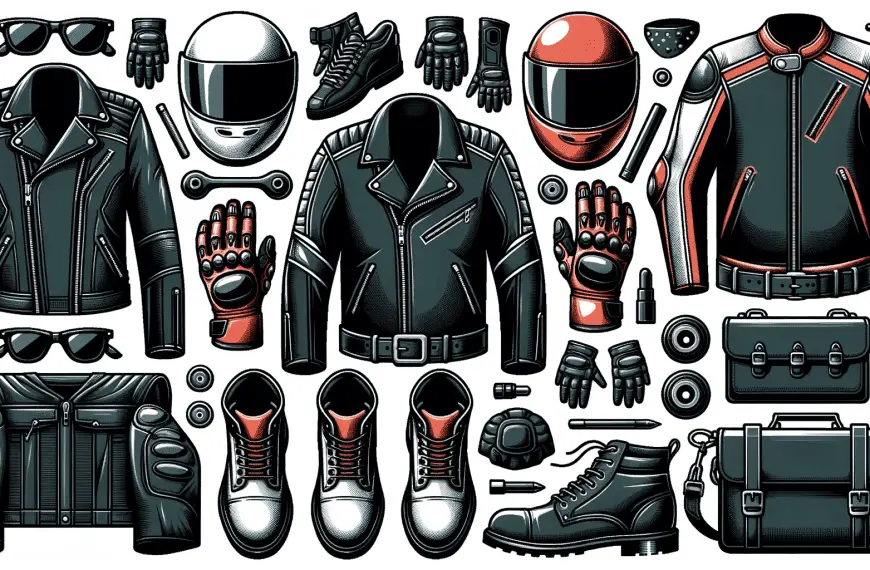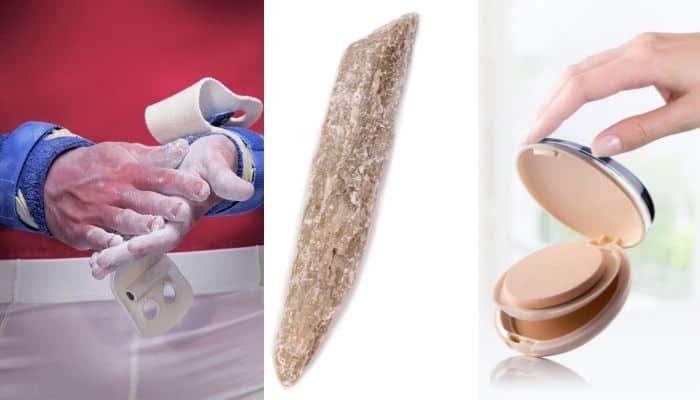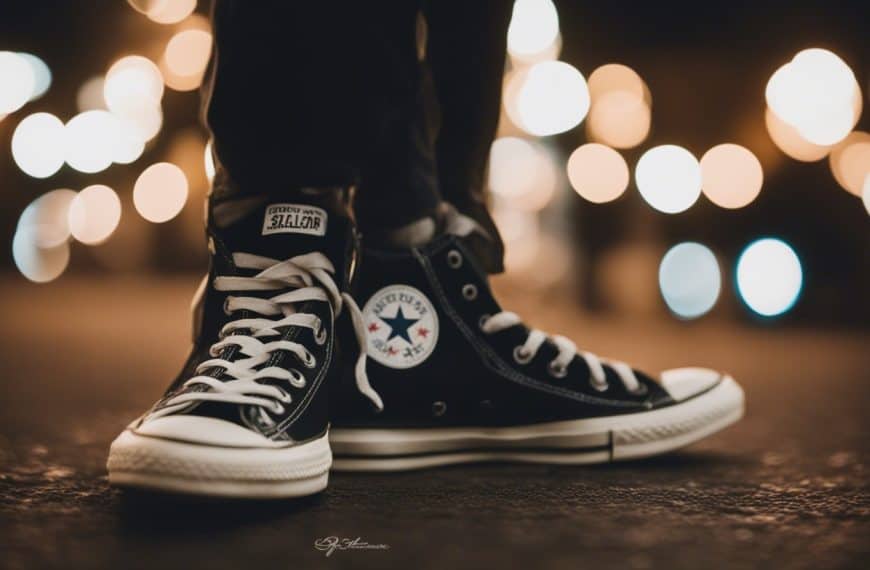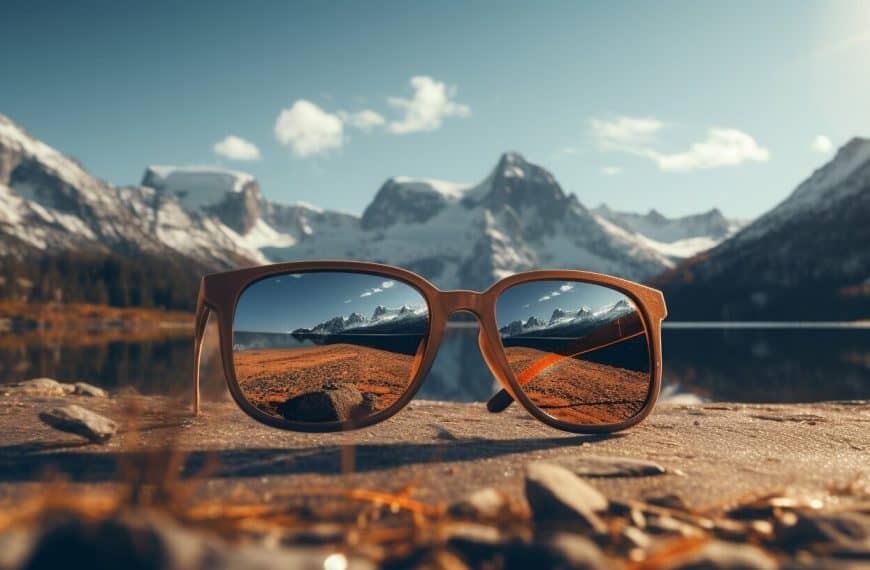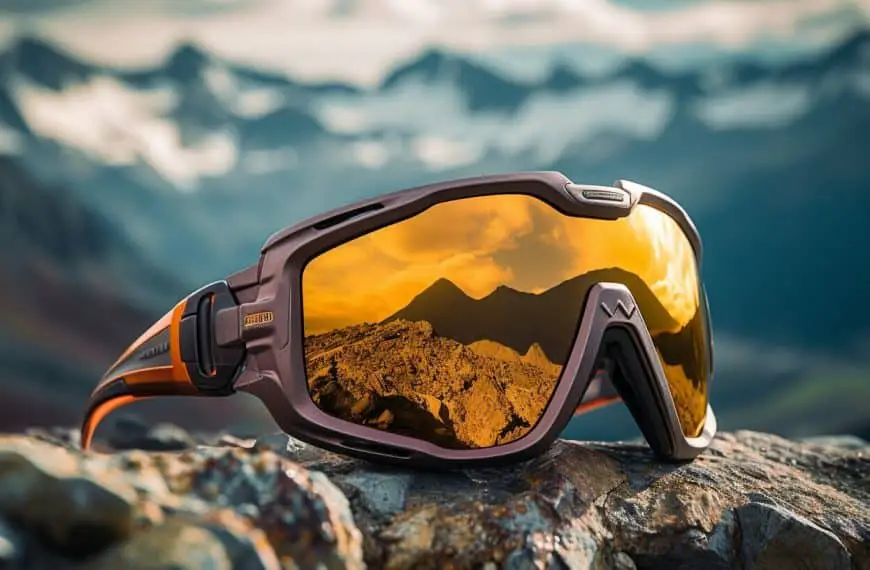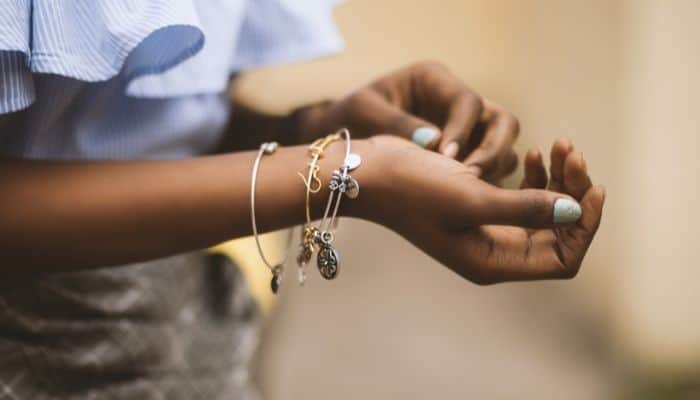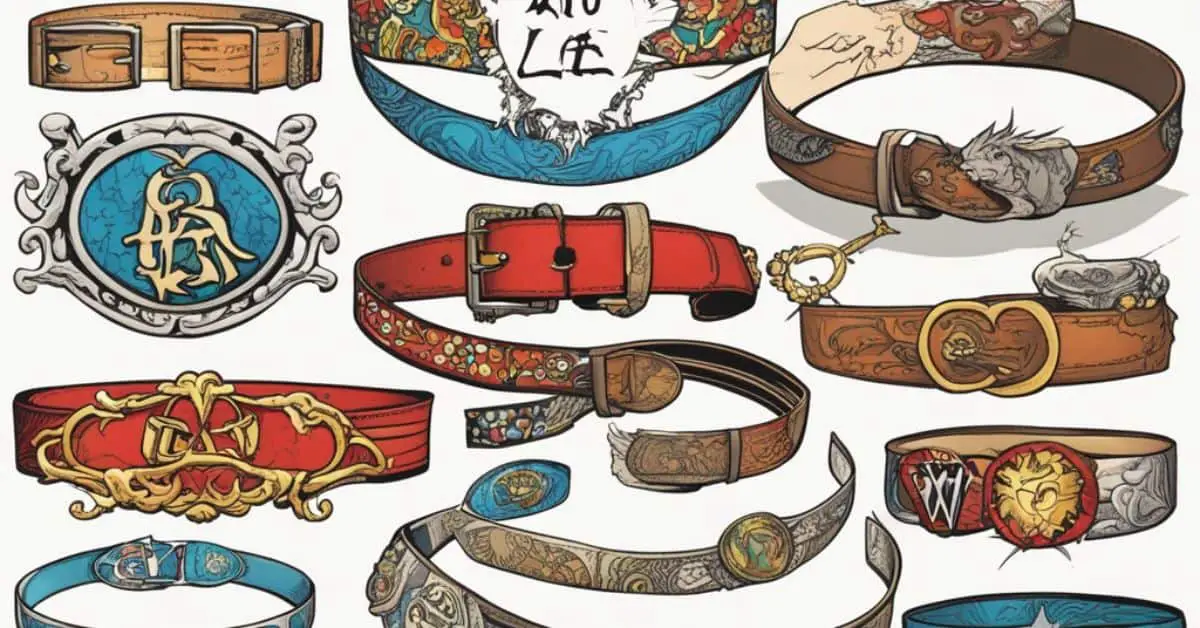-------
Learn More, Pick Smarter
Find Good Brands, Good Products, & Their Alternatives
reviews
Latest Posts...
Compact Robot Vacuums Perfect for Small Apartments
Are you tired of dragging a bulky vacuum cleaner around your small apartment? Or perhaps you’ve given up…
Why Robot Vacuums Are a Must-Have in Modern Homes
Are you tired of spending your weekends pushing a vacuum around your home, only to find yourself exhausted…
The Best Robot Vacuums for Pet Owners
Are you tired of constantly cleaning up after your furry friends? Do you dream of a clean home…
Yeedi Vacuum Review: Affordable and Efficient Cleaning
Are you tired of spending a fortune on cleaning equipment that doesn’t live up to its promises? Do…
Stair Climbers: Robot Vacuums That Can Handle Elevation
When it comes to cleaning your home, the stairs can often be a challenging area to tackle. Traditional…
Xiaomi Robot Vacuum: High-Tech Cleaning at Your Fingertips
Are you tired of spending hours vacuuming your home, wishing there was an easier way to keep your…
Storage Ideas...
Appliances...
10 Ways to Avoid Soggy Microwave Food and Enjoy a Crispy Crunch
Do you love the convenience of microwaving your meals but hate the soggy texture that often comes with…
Good Amazon Finds: Waterproof Grill Covers
So, you’re on the hunt for the best waterproof grill covers, huh? I totally get it. Keeping our…
Wine Cooler with Lock: Good Amazon Finds
So, you’re curious about a Wine Cooler with Lock, huh? Well, let me tell you, it’s like having…
10 Benefits of Microwaves with Easy Auto or Manual Defrost
Welcome to our exploration of the many advantages of microwaves with easy auto or manual defrost settings! These…
How the Singer Intelligent Steam Press Can Transform Your Ironing
Do you find yourself dreading the tedious task of ironing? Are you tired of spending hours pressing wrinkled…
Accessories for Kamado Grill: Good Amazon Finds
Have you ever wondered what the best accessories are for your Kamado Grill? Well, you’re not alone! I…
Guides...
Can You Cook Pasta In An Aroma Rice Cooker? (Easy Once You Know)
If you have an Aroma rice cooker, you probably use it to cook rice, since it is one…
Choosing Your Chucks: A Guide to Color Variations in Chuck Taylors
Greetings sneaker fans! As a longtime Chuck Taylors enthusiast, I know firsthand the importance of choosing the perfect…
Silent Drumming: Practicing with Headphones on Electric Kits
As a drummer, you know how important it is to practice consistently to improve your skills. However, sometimes…
Can You Use Aluminum Foil On A Blackstone Griddle? (Good Reasons)
There are few cooking techniques more convenient than utilizing aluminum foil on a griddle to create thick, juicy,…
Fridge or Pantry? The Truth About Storing Jello Cups
Ah, the age-old question: Do Jello Cups Need to Be Refrigerated? Look, we’ve all been there—standing in the…
Creating Latte Art at Home: Espresso Machines with Steam Wands
If you’re a coffee enthusiast, you’ve probably admired the intricate latte art that baristas craft atop lattes in…
plus size...
Fat Guy Friendly Backpacks: Bags That Don’t Strain Your Shoulders
Fat Guy Friendly Backpacks are a game-changer, folks! For years, the backpack market has left out a large…
Fat Guy Friendly Bicycles: Bikes That Can Handle the Weight
Fat Guy Friendly Bicycles are a game-changer, people! For too long, the world of cycling has been a…
Fat Guy Friendly Motorcycle Gear: Outfits That Don’t Squeeze
Fat Guy Friendly Motorcycle Gear isn’t just a catchy p ase—it’s a call to action for the motorcycle…
Fat Guy Friendly Office Chairs: Seats That Don’t Pinch or Squeeze
So, you’re on the hunt for Fat Guy Friendly Office Chairs, huh? Let’s be real, not all chairs…
Fat Guy Friendly Bar Stools: Sit with Confidence!
Ah, the quest for the perfect bar stool. It’s a journey many of us take, but if you’re…
Fat Guy Friendly Pajamas: Sleepwear That Lets You Breathe
Ah, Fat Guy Friendly Pajamas—now we’re talking comfort, my friends! Let’s be real, those skinny-fit PJs just aren’t…
Beauty...
Remington iLight Pro Plus Review: 10 Things You Can Do With It
Ah, the quest for smooth, hair-free skin. Who hasn’t found themselves standing in front of the mirror, razor…
Top 10 Most Sought-After Arabian Perfume Brands
Arabian perfumes have long been renowned for their decadence and luxurious scents, making them some of the most…
InStyler Ionic Styler Pro Review: Things You Can Do With This Tool
Hey there, beauty enthusiasts! So, who among us hasn’t struggled with managing the bird’s nest that is our…
Do Laura Geller Products Contain Talc? (Why People Are Afraid of Talc)
Yes, many Laura Geller products contain talc, including foundation, blush, highlighter, and bronzer. Talc is a primary ingredient…
Is Nature’s Bounty a Good Brand or Not?
Nature’s Bounty’s reputation shines bright, offering a wide range of high-quality supplements at accessible prices. They’re a popular…
Silk’n BellaFlash Pro Review: So, You’re Sick of Shaving Every Day?
We’ve all been there, right? You know, that annoying moment when you’re running your hands over your freshly…
fashion...
Chuck Taylor All Stars Review: Are They For You?
Hey there, fellow shoe enthusiasts! Are you always on the hunt for that perfect pair that can do…
Sene Jeans Review: Unveiling the Ultimate Comfort & Style
Have you ever embarked on a quest for the perfect pair of jeans, only to find yourself overwhelmed…
Underwear Like Knix (5 Knix Underwear Alternatives)
Knix Underwear is a line of underwear designed specifically for women on their periods. It’s been marketed as…
Shops Like Regal Rose (7 Alternative Jewelry Boutiques)
Regal Rose is a beautiful, sophisticated boutique that makes the perfect place to shop for all your jewelry…
Bras Like Cuup (6 Bras Similar To Cuup)
6 Bras Similar To Cuup Although Cuup is a relatively new brand, it has quickly become everyone’s go-to.…
Clothes Like Garnet Hill (5 Clothes Similar To Garnet Hill)
5 Clothes Similar To Garnet Hill Garnet Hill is a well-known clothing store that sells clothes for women,…
Product Reviews
Good Alternatives
Let’s talk about finding the best cast iron griddle for a gas grill. Imagine you’re planning the perfect backyard BBQ. You’ve got your friends coming…
If you’re a New Hampshire resident, you’re well aware of the unpredictable and often extreme weather conditions that the state experiences t oughout the year.…
As I’m sure you are aware the Zojirushi Rice Cooker is one of the best you can get but what if you want to substitute…
Discover aesthetic juicers, where futuristic design meets functionality to create a modern-day oasis of health. Whether you’re a health enthusiast or a design aficionado, these…
So, you’re curious about a Wine Cooler with Lock, huh? Well, let me tell you, it’s like having a secret hideout for your precious wine…
Welcome to the world of home baking, where the aroma of freshly baked bread fills your home and creates a warm and comforting atmosphere. Making…
Categories
- Air Fryers85
- Alternatives403
- Appliances60
- Best53
- Blenders53
- Bread Makers1
- Buffet Servers1
- Can Crushers1
- Chocolate Fountains1
- Coffee Makers1
- Cookie Presses1
- Cooktops38
- cookware13
- Cotton Candy Machine1
- Crepe Makers1
- Dishwashers30
- Donut Makers1
- Egg Cookers1
- Electric Can openers1
- Electric Kettles1
- FAQs110
- Fondue Pots1
- Food Dehydrator1
- Food Processors22
- Food Slicers1
- Food Steamers1
- Food Warmers9
- Freezers34
- Good Brands5
- Gravy Boats6
- Griddles and Skillets1
- Grills67
- Grinders1
- Grow Lghts57
- Ice Cream Makers1
- Ice Makers21
- Ice Shavers4
- Ironing112
- Juicers14
- Microwaves45
- Milk Frothers1
- Mixers9
- Ovens46
- Panini Presses1
- Pasta Makers1
- Popcorn Makers1
- Popcorn Popper1
- Pressure Cookers1
- Quesadilla Makers1
- Rangehoods7
- Refrigerators49
- Reviews280
- Rice Cookers1
- Sausage Stuffers1
- Slow Cookers1
- Soup Kettles1
- Storage272
- Stoves45
- Toasters1
- Tortilla Presses1
- Vacuum33
- Waffle Makers1
- Wine Caddies1
- Wine Chillers1
- Wine Coolers34
- Wine Dispensers1
- Woks1
- Yogurt Maker1
